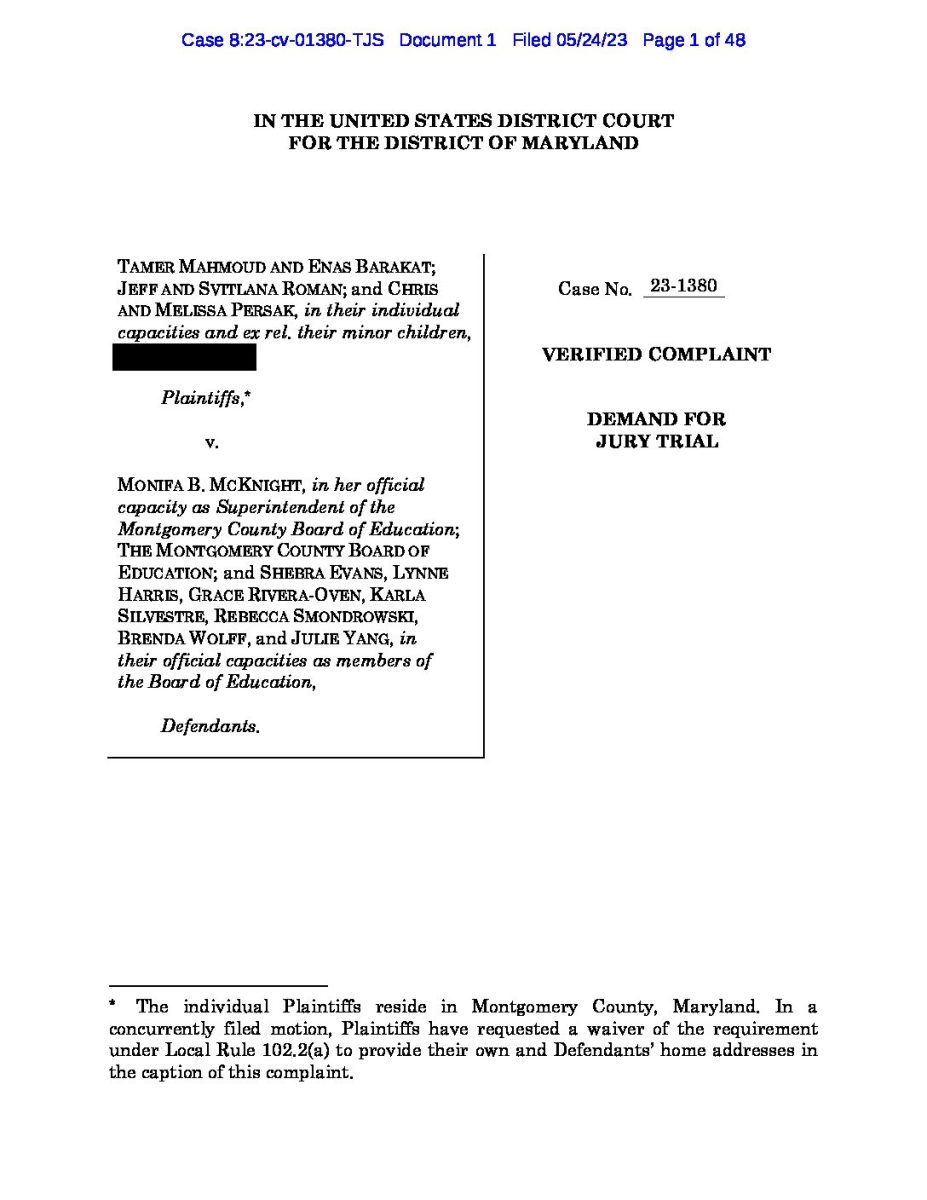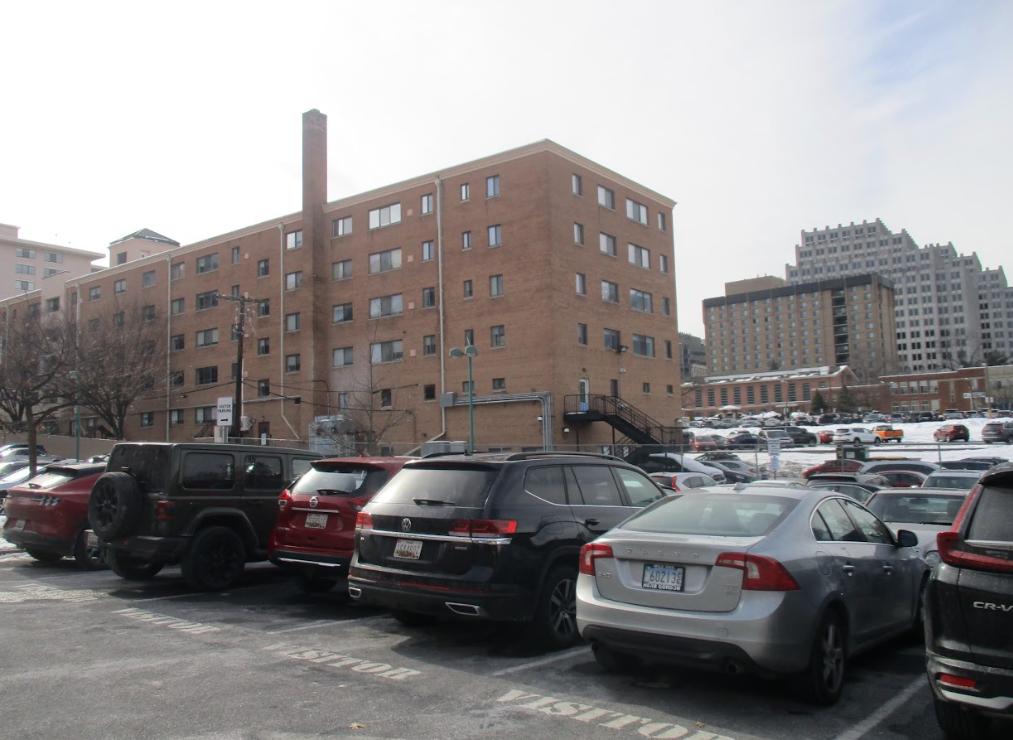Did you know that in the United States, on average, more three-car garages are built each year than one-bedroom apartments? In Dante Ramos’ article titled, “How Parking Ruined Everything,” he reports how this country devotes too much of its space to parking. Throughout the 20th Century, as cars became more widely available to the average working-class person, cities updated their housing parking regulations for new buildings. This rule killed off the construction of row houses, triple-deckers, and other small apartment buildings — nearly any class of building with unique and distinctive features. Not only that, but this paved the way for more areas for convenient parking. Yet, in a world centered around cars, has it become increasingly difficult to find either parking or housing?
Many residential and commercial parts of cities, like New York, Boston, Chicago, and Washington D.C. would not be legally allowed to be replicated today. The character and personality of the West Village or Georgetown has been traded in for generic modernity and a cookie-cutter approach. These new vinyl, or metal-clad, buildings clash with historic properties, and these latest developments look flimsy. Sooner or later, almost every building will look scarily futuristic, and the mere thought of this makes me miserable. Who wants to peer out of their window, hoping for a sight unlike no other, only to be met with an army of geologic apartment buildings packed in like sardines? Who wants to drive past them? Please let me know.
This shift away from brick comes down to cost. Not only are new buildings ugly to look at, but they are also cheaply assembled and not as sturdy as their historical counterparts. Compare Annapolis, the capital of Maryland, to Bethesda. Annapolis thrives off its historic district, but in Bethesda, the buildings are curated with a grayscale palette and an entire block dedicated to parking versus a quaint city where you can walk everywhere. Many garages are sitting half empty, and countless parking spots go unused. Riding the school bus back home lately, all I can see are the vacant spots in the lot near the school building and feel a pang of hopelessness.
Reporters Jake Blumgart and Steph Yin wrote a story for The Pulse, a weekly health and science podcast, titled, “‘We don’t build them like we used to’ — Why new houses aren’t made of brick”. The article specifically talks about the ugly contrast between new and old buildings in Philadelphia, where 70% of housing dates back to before 1960. Blumgart and Yin interviewed Jeremy Avellino, the founder and principal of Bright Common Architecture, a Philadelphia-based studio focused on sustainable architecture and building decarbonization. When asked about his feelings toward the subject, Avellino expressed: “The dichotomy between new and old materials should be retired entirely … we need to focus on how things can be built today, and what design can do for us in a changing world. I have hope that we will transcend this tired nostalgia, about a past that was complicated.” The way I see it, the first step to “transcending” this “tired nostalgia” is to recognize where this all stems from: redevelopment.
According to the National Community Reinvestment Coalition (NCRC), “Gentrification is a powerful force for economic change in our cities, but it is often accompanied by extreme and unnecessary cultural displacement. While gentrification increases the value of properties in areas that suffered from prolonged disinvestment, it also results in rising rents, home and property values.”
With this circumstance, I vividly remember watching an episode of Unbreakable Kimmy Schmidt where Lillian Kaushtupper, the main character’s landlord and upstairs neighbor, begins raving to her and Titus about lucrative changes coming to their neighborhood. She grimly advised Kimmy and Titus in Season 1, Episode 8: “Gentrification is coming.” Ironically, Ramos alluded to a historical landmark in New York City within his article, stating, “If the Empire State Building has been built to the maximum parking requirement of a contemporary American city … its surface parking lot would cover twelve square blocks.” The looming issues of displacing cities and car-centrism go hand in hand to keep society on its toes. One of Lillian’s quotes also resonated with me and the purpose of this article: “The neighborhood is changing, and none of us are going to be able to live here.”
Parking rules have ultimately become an all-purpose tool for preventing change. Revisiting how it relates to housing, Ramos’ article eventually argues that local governments can make unrealistically high demands about parking mandates to exclude renters. He even remarks, “And local laws across the country require house and apartment builders to provide off-street parking, regardless of whether residents need it.”These demands aren’t just a way to exclude renters but to “drive” society in the direction that it believes to be the right way. In what world is this okay? Certainly not mine.









































